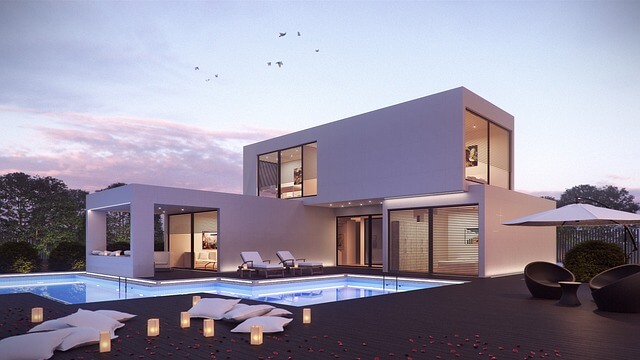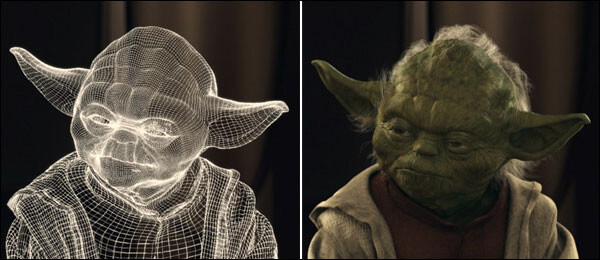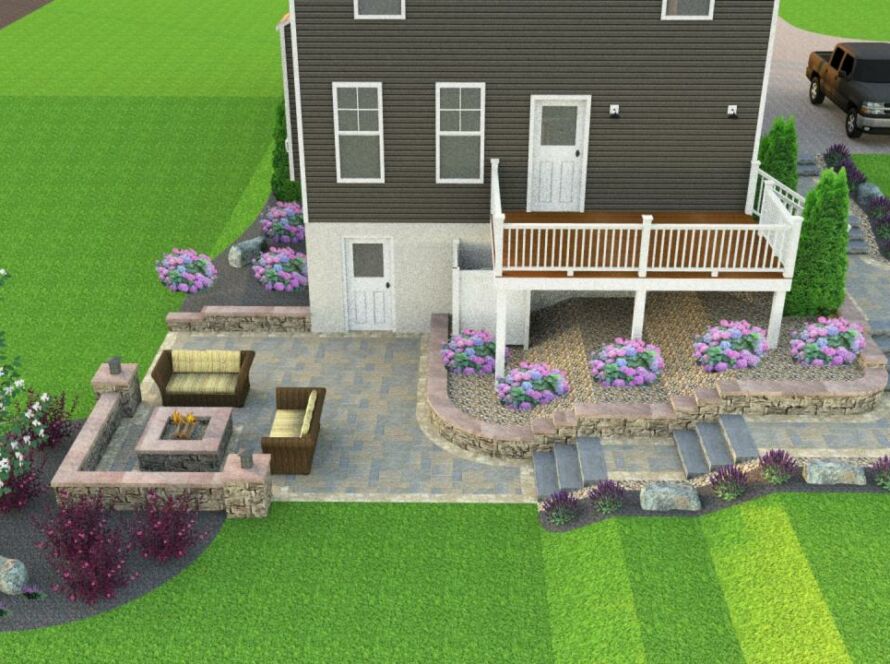3D rendering is the process of creating a three-dimensional image from a computer model. This can be done with a variety of software programs, but the end goal is always the same: to create a realistic or lifelike image that can be used for various purposes. Rendering is used in architecture, interior design, product design, and other fields where visual representations of objects are needed. It can be used to create images of buildings, interiors, products, or even people. There are many different types of 3D rendering, but the most common is called ray tracing. This involves tracing the path of light as it bounces off of objects in the scene. The resulting image is usually very realistic and lifelike. 3D rendering can be a very powerful tool for visualizing ideas and concepts. It can also be used to create marketing materials, illustrations, and even animations. If you’re looking for a way to take your visuals to the next level, 3D rendering may be the solution you’ve been looking for.
What is 3d rendering?
3D rendering is the process of creating a three-dimensional image from a computer model. The image can be either a photorealistic or non-photorealistic representation of the model. 3D rendering is used in architecture, interior design, product design, and advertising.

There are two main types of 3D rendering: real-time and offline. Real-time rendering is used to create images that can be interactively manipulated by the user, such as in video games or virtual reality simulations. Offline rendering is used to create static images, like those seen in movies or still images.
The process of 3D rendering can be divided into two steps: modeling and rendering. In the modeling step, the 3D model is created from scratch or edited from an existing file. This step can be done using a variety of software programs, such as AutoCAD or Blender. Once the model is complete, it is then exported to a file format that can be read by the render software.
In the rendering step, the computer uses algorithms to calculate how light will interact with the 3D model to produce an image. This step can take some time to complete, depending on the complexity of the scene and the quality of the final image desired.
What are the benefits of 3d rendering?
There are many benefits of 3d rendering, including the ability to create realistic images, the ability to create images from multiple angles, and the ability to add lighting and shadows to an image. Rendering can also be used to create animations, which can be used for product demonstrations or marketing purposes.

What are the different types of 3d rendering?
There are three types of 3D rendering:
- Real-time rendering: This type of rendering is used in video games and other real-time applications. It generates an image based on the current scene at a specific frame rate.
- Offline rendering: This type of rendering is used for creating static images or animations. It generates an image based on the entire scene, without the need to generate new frames at a specific rate.
- Hybrid rendering: This type of rendering combines both real-time and offline rendering techniques. It can be used for creating static images or animations, as well as for video games and other real-time applications.
How to choose the right 3d rendering software for your project?

Choosing the right 3d rendering software for your project can be a daunting task. There are a lot of different programs out there and it can be hard to know which one is right for you. Here are a few tips to help you choose the right software for your project:
- Decide what type of rendering you need. There are two main types of rendering: real-time and offline. Real-time rendering is used for interactive applications such as video games or virtual reality. Offline rendering is used for creating static images or videos.
- Consider your budget. 3d rendering software can be expensive, so it’s important to consider your budget when choosing a program. There are some free and open source options available, but they may not have all the features you need.
- Determine your level of experience. If you’re a beginner, you’ll want to choose a program that’s easy to use and has plenty of tutorials and documentation available. If you’re more experienced, you’ll be able to handle a more complex program with ease.
- Consider your hardware requirements. Some programs require powerful computers in order to run properly while others are more lightweight and can run on less powerful machines. Make sure you check the system requirements before downloading any software.
5 . Compare different programs . Once you’ve narrowed down your choices, take some time to compare different 3d rendering programs side-by-side . Look at things like price
Conclusion
3D rendering is the process of creating a three-dimensional image from a computer model. The image can be anything from a simple wireframe to a photorealistic representation of the model. 3D rendering is used in both gaming and movie industries to create realistic images. In gaming, it is used to create characters and environments. In movies, it is used to create special effects.





